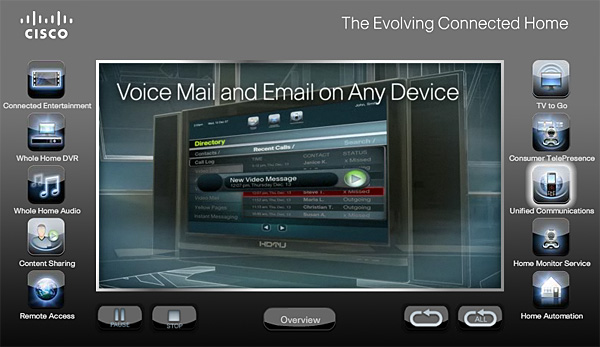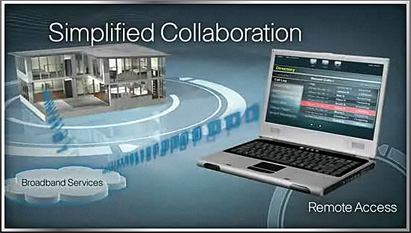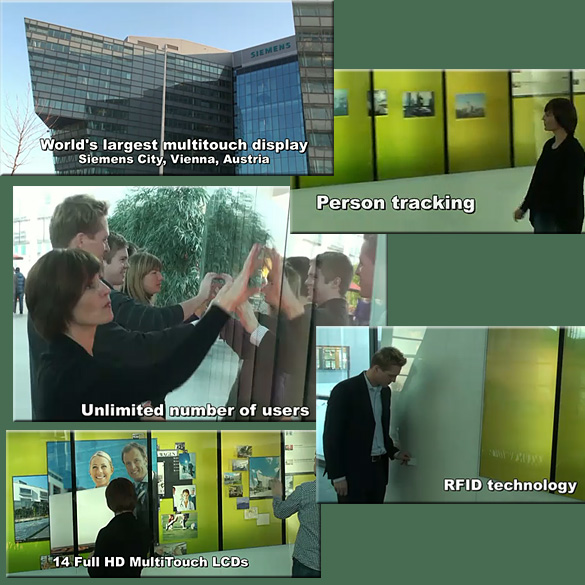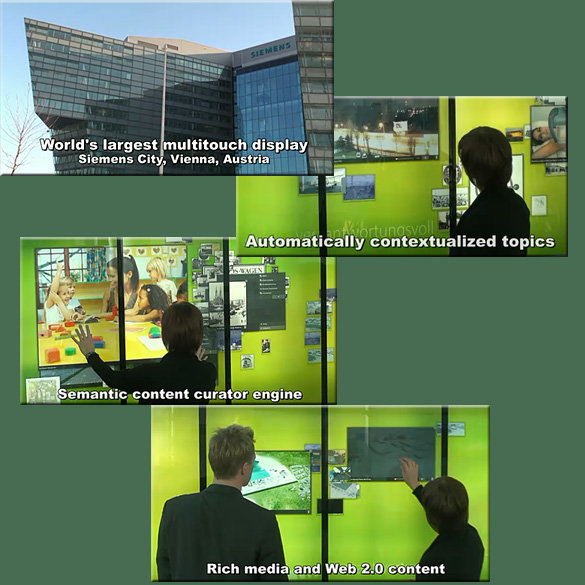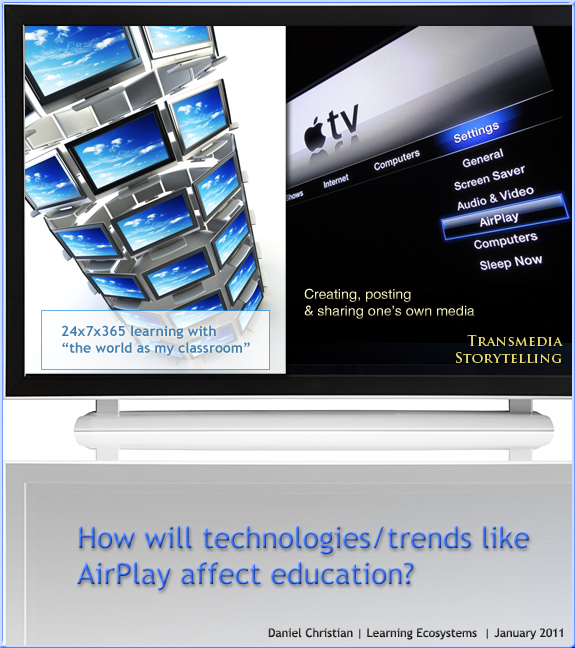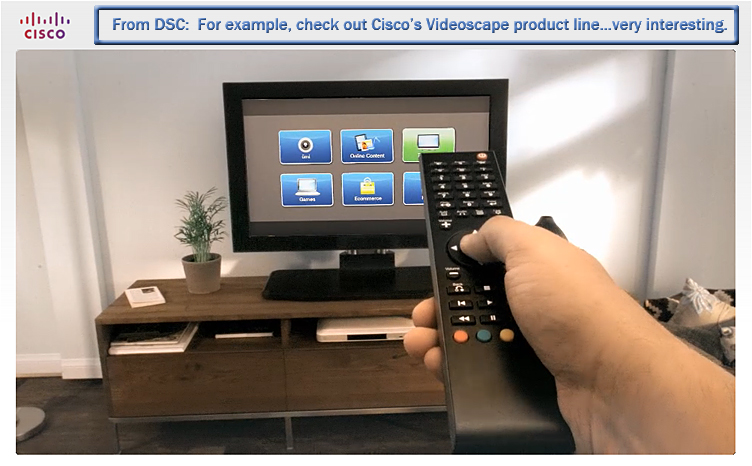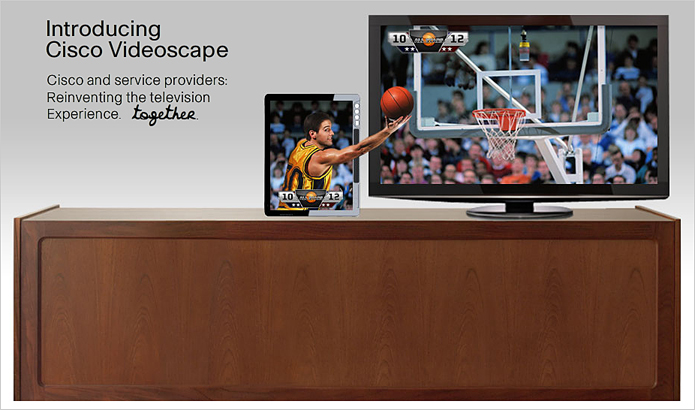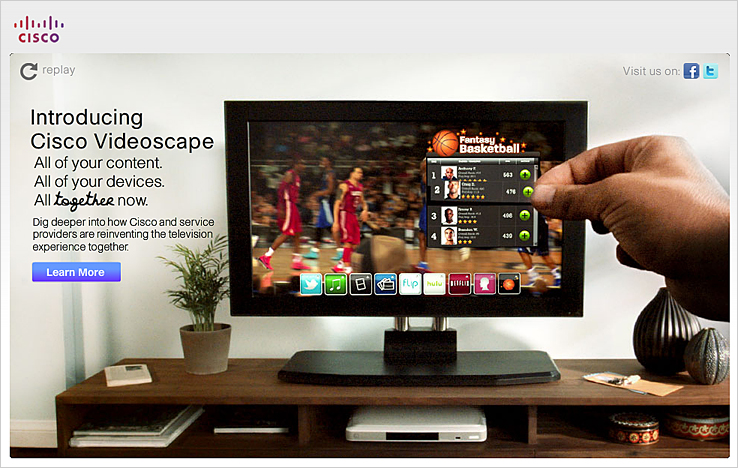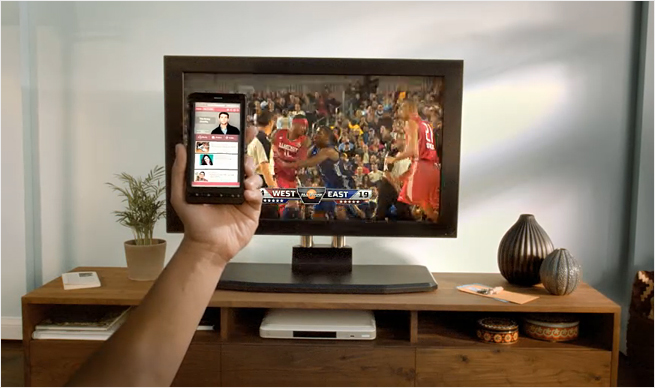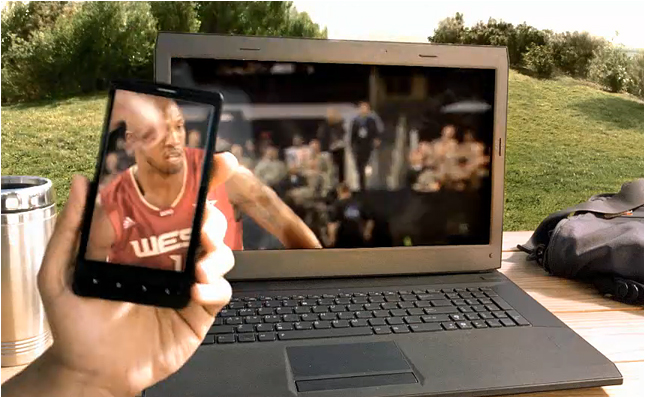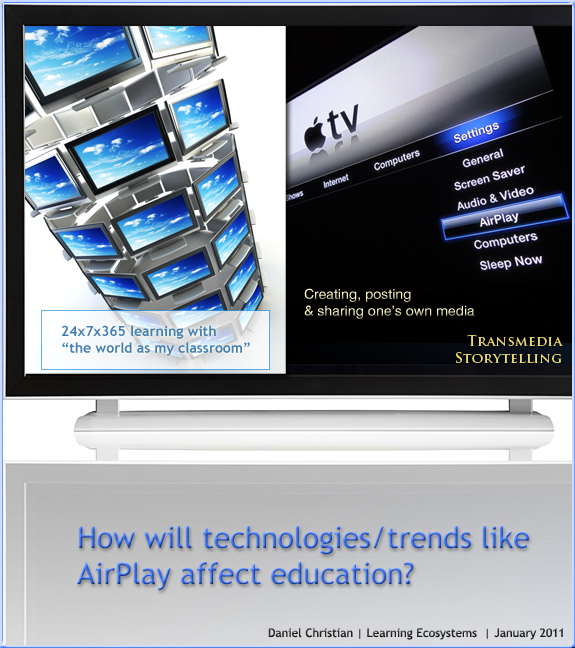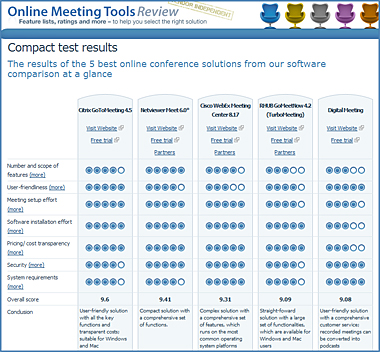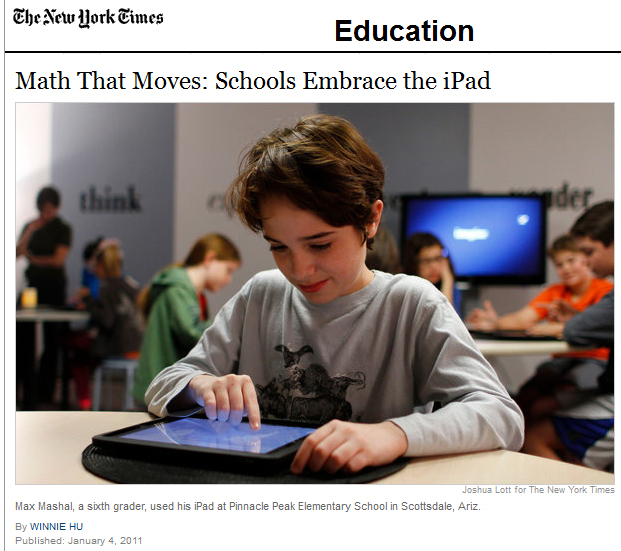Reconnecting Students in Alternative Education — from The Journal by Chris Riedel
In an effort to reduce truancies and tardiness among alternative education students, Kingsville ISD in Texas has started using videoconferencing to reconnect those students to their original classrooms. The results from the initial pilot have included improved attendance and, for the district, $200,000 in annual savings.
When Jennifer Kent, chief academic officer for Kingsville Independent School District in Kingsville, TX, joined the district 18 months ago, she was faced with some daunting challenges.
In a district of approximately 4,000 students, 82 percent were receiving free or reduced lunch; less than 75 percent of students were completing high school in five years; enrollment was on the decline; achievement in special education classes was below state standards; and the district’s middle schools were struggling to maintain an “acceptable” rating by the Texas Education Agency (TEA).
Speaking to several dozen teachers and administrators at the FETC 2011 conference in Orlando, FL Wednesday, Kent acknowledged “something had to be done.” And it had to start with the way the district handled its Disciplinary Alternative Education Program (DAEP).









